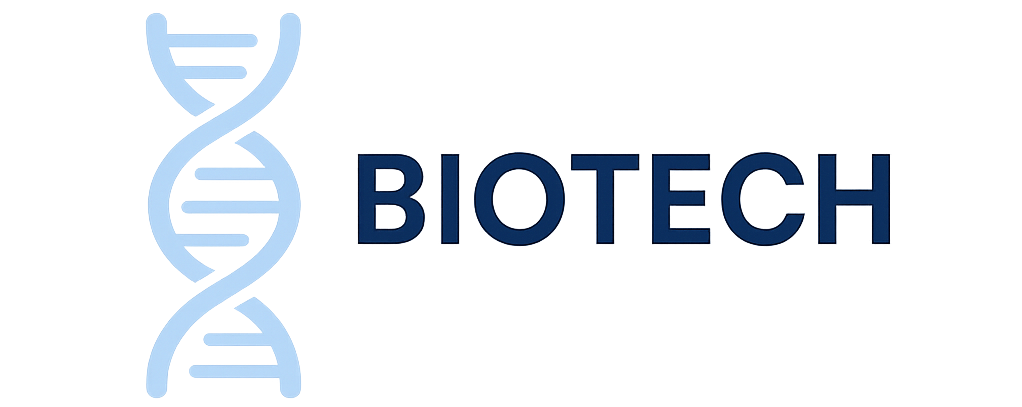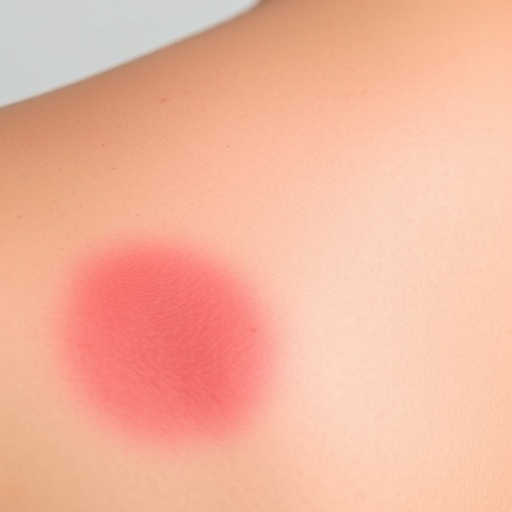
In a groundbreaking development poised to transform the management of dermatologic side effects in cancer therapy, researchers from the UCLA Health Jonsson Comprehensive Cancer Center and The University of Texas MD Anderson Cancer Center have unveiled compelling new clinical trial data demonstrating that LUT014, a pioneering topical BRAF inhibitor gel, offers significant relief from the notoriously debilitating acneiform rash induced by anti-EGFR treatments. These targeted therapies, widely employed in colorectal cancer management, often present a double-edged sword: while effective in combating tumors, they can provoke painful and distressing skin eruptions that significantly impair patient quality of life and frequently necessitate dose reduction or even discontinuation of treatment. The elucidation of LUT014’s clinical efficacy heralds a paradigm shift in supportive cancer care, addressing this unmet medical need with precision and innovation.
Anti-EGFR agents such as cetuximab and panitumumab remain indispensable weapons in the oncologist’s arsenal against colorectal neoplasms. However, their mechanism of action, which involves inhibition of the epidermal growth factor receptor pathway, inadvertently disrupts critical signaling cascades in the skin, culminating in the development of acneiform rash. This rash is not merely a cosmetic concern but a serious adverse event marked by inflammation, pustule formation, and discomfort, all of which cumulatively erode patient adherence to therapy. The challenge has been to devise an intervention that mitigates skin toxicity without compromising the anticancer efficacy of these agents.
Herein lies the innovation of LUT014, a topical formulation designed to paradoxically reactivate the MAPK (mitogen-activated protein kinase) signaling pathway locally within the epidermis. Anti-EGFR drugs suppress MAPK signaling as part of their therapeutic effect in tumors, but this suppression disrupts normal keratinocyte function. By targeting BRAF — a kinase within this MAPK cascade — LUT014 selectively restores signaling in the skin, thereby ameliorating rash symptoms. Notably, this local reactivation does not reverse the anti-tumoral action of systemic anti-EGFR therapy, reflecting a sophisticated therapeutic window and remarkable specificity.
The phase 2 clinical trial was meticulously structured as a double-blind, placebo-controlled, randomized study enrolling 118 colorectal cancer patients who developed moderate to severe rashes while receiving cetuximab or panitumumab. Participants were allocated into three cohorts: low-dose LUT014, high-dose LUT014, and placebo, applied once daily over a 28-day period. This rigorous design ensured unbiased assessment of LUT014’s safety and efficacy profiles. The outcome measures focused on both dermatologic improvement and patient-reported quality of life, recognizing the multifaceted impact of skin toxicities.
Efficacy endpoints revealed unequivocal benefits for LUT014, particularly at the higher dose concentration, where approximately 70% of patients exhibited marked improvements in rash severity and quality-of-life metrics related to dermatologic symptoms. This contrasted with 48% improvement in the low-dose group and only 33% in the placebo group. Such differential response rates underscore the dose-dependent therapeutic potential of LUT014 and its capacity to substantially alleviate a key impediment to sustained cancer treatment. Importantly, no compromise in the systemic anticancer treatment’s effectiveness was observed, affirming the drug’s safety and mechanistic selectivity.
The clinical significance of these findings cannot be overstated. For decades, patients undergoing anti-EGFR therapy have been resigned to endure these agonizing skin toxicities as an unavoidable consequence of their cancer treatment. The advent of LUT014 as a viable, non-invasive remedy offers a much-needed reprieve that enhances patient comfort, adherence, and ultimately, clinical outcomes. By mitigating dermatologic side effects efficiently, this topical gel may reduce treatment interruptions that can undermine therapeutic efficacy and survival.
Underlying the clinical success of LUT014 is a sophisticated understanding of molecular oncology and dermatologic pharmacology. The paradoxical activation of MAPK signaling in cutaneous cells by a BRAF inhibitor is a nuanced mechanism that flips traditional pharmacodynamic paradigms. Whereas systemic BRAF inhibitors have been deployed to inhibit melanoma progression by suppressing MAPK signaling, LUT014 harnesses localized activation to restore skin homeostasis selectively. This dualism reflects a precision medicine approach that reconciles complex signaling networks across distinct tissues.
Moreover, the development of LUT014 epitomizes the synergy between academic research institutions and biotech innovation. Lutris Pharma, the company behind LUT014, has leveraged cutting-edge drug design to engineer a formulation capable of penetrating the epidermal barrier effectively while maintaining safety standards requisite for chronic use during systemic cancer treatment. This translational effort underscores the critical interface between bench research, clinical trials, and eventual therapeutic application.
The human impact of LUT014’s success extends beyond statistical endpoints. The excruciating rash experienced by many patients under anti-EGFR therapy often leads to social stigmatization, psychological distress, and diminished self-esteem. Enhancing skin health through a simple topical application not only alleviates physical discomfort but restores dignity and psychological well-being during an already arduous cancer journey. This holistic improvement embodies the ethos of patient-centered care.
From a clinical trial design perspective, the multicenter approach across 23 medical centers ensures robust data generalizability across diverse patient populations and care settings. The randomized, placebo-controlled, double-blind methodology provides high scientific rigor, minimizing bias and reinforcing confidence in the reproducibility of these findings. Such a framework is indispensable for regulatory considerations and future guideline incorporation.
Looking forward, LUT014’s success invites exploration into broader applications, potentially extending its use to other anti-EGFR-induced dermatologic toxicities or even other targeted therapies with overlapping side effect profiles. The ability to finely tune signaling pathways in peripheral tissues without detracting from systemic oncology outcomes holds promise for personalized supportive care innovations.
The forthcoming oral presentation of these results at the 2025 AACR (American Association for Cancer Research) Annual Meeting marks a critical milestone in disseminating this breakthrough to the global oncology and dermatology community. It signals the transition from pioneering research to potential clinical standard-of-care adoption, catalyzing further investigation and integration into treatment algorithms.
This advancement also raises important considerations regarding the economic and healthcare resource implications of improved side effect management, potentially reducing hospitalizations, treatment delays, and ancillary interventions. Patients’ prolonged ability to maintain therapeutic doses without dose interruptions may translate into enhanced survival benefits, aligning with overarching oncology goals.
In summary, the elucidation of LUT014’s efficacy in addressing anti-EGFR therapy-induced acneiform rash represents a landmark achievement in cancer supportive care. By merging molecular pharmacology with patient-centered therapeutic design, this innovative topical gel fulfills an urgent clinical void, promising to elevate patient experience and treatment success in colorectal cancer therapeutics.
Subject of Research: Treatment of anti-EGFR therapy-induced acneiform rash in colorectal cancer patients using LUT014, a topical BRAF inhibitor gel.
Article Title: [Not provided in the source content]
News Publication Date: [Not provided in the source content]
Web References:
https://www.abstractsonline.com/pp8/#!/20273/presentation/10421
https://www.uclahealth.org/cancer
References: [Not explicitly provided in the source content]
Image Credits: [Not provided in the source content]
Keywords: Colorectal cancer, anti-EGFR therapy, acneiform rash, skin toxicity, LUT014, BRAF inhibitor, MAPK pathway, clinical trial, cancer supportive care, dermatologic adverse effects, cetuximab, panitumumab
Tags: acneiform rash managementanti-EGFR treatment complicationscolorectal cancer skin eruptionsdermatologic support in oncologyinnovative cancer treatment solutionsLUT014 clinical trial findingsmanaging chemotherapy-induced rashespatient quality of life in cancer careskin toxicity and cancer therapysupportive care for cancer patientstargeted cancer therapy side effectstopical BRAF inhibitor gel


